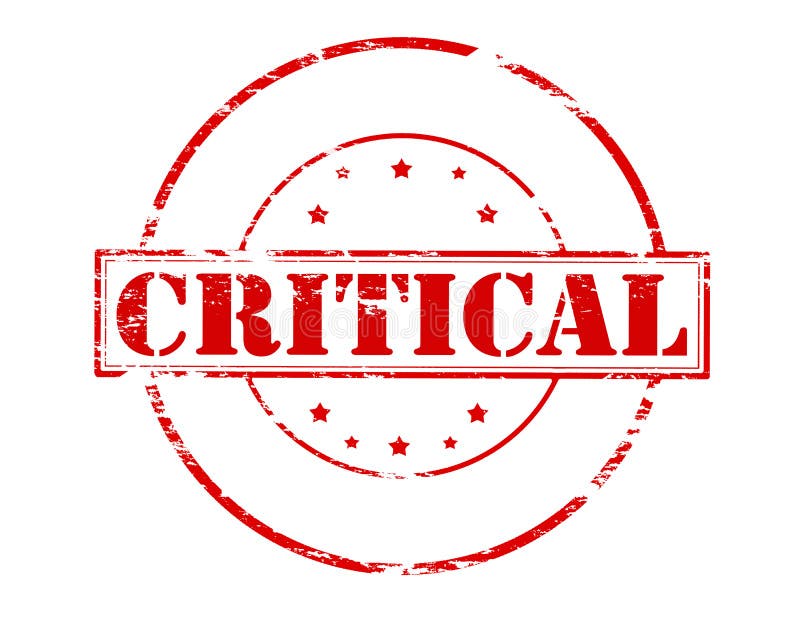CRITICAL EVALUATION DRAFT 1

Here is my first draft of my Critical Evaluation;
I wrote this essay about my A2 coursework documentary called ‘Mortgage Madness’. Documentary as John Grierson defined as ‘the creative treatment of actuality’ is a way of portraying a non-fictional storyline to get an important message or storyline across. I was inspired by people like Sergei Eisenstein who highlighted to me the importance of montage. I have used montage within to show the different clips of COVID19. I have used it to highlight how covid had a global impact by showing different news clips from different countries. I abided to all the typical codes and conventions of documentary like using interviews. I researched how to do interviews by watching documentaries like Blackfish (2013) because they are very interview based. In terms of my magazine and social media page I chose to base them off what a GQ magazine and social media page. would typically look like. This means that there is a very basic colour palette and font.
My documentary is one that typically would have a male dominated audience, however I would really like to think that I challenged this by trying to do things like using a woman presenter and using BBC 1 as my channel as I think that it is a more general channel and neither aimed at men or women, so I say I have tried to challenge gender norms and hegemonic stereotypes. I did deliberately film my dad in an office and in a business suit to denote that he is a professional in that sector of work. The storyline of my documentary is about the implications that COVID19 had on the housing market and getting a mortgage. I think that is a huge issue especially for younger people now as it is so much harder now to get a mortgage than it once was.
In order to keep a sense of branding the main things I have done is repeated my colour palette and font. I chose a simple basic colour palette as I think that that really suited my target audience compared to a bright and vibrant one. In terms of my lighting too, I kept it very high key and bright. I thought that this would help reinforce the ideology behind my documentary. I have tried to not over complicate my branding by not trying to do something that is hard to follow but instead attempted to keep it easy to follow and simplistic that way it is easy to understand my ideology and denotations behind my documentary and easy to identify the similarities between my products. I have used images and interviews in my magazine which relate and engage my target audience along with my social media page being the same in terms of text and images.
My target audience is ABC1s, and my age range is 16-25. This is because as I mentioned before it is a current issue for a lot of young people and the fact it is shown on BBC1 shows that it is for a young adult audience too. I have tried to engage with my audience by doing things like having a give-away on my Instagram page. I think that the issue of the increasing housing prices is an issue that can be quite sensitive and frustrating to some people so I would say according to Blumer and Katz’s Uses and Gratification theory, they would watch in order to relate and have an element of personal identity within this issue. I also think by using a young female presenter it comes across as current rather than an older presenter who hasn’t experienced the actual experience and feeling of this issue.
In terms of research for my topic I spent a lot of time looking at documentary in general. I looked at the history of documentary by looking at Nanook of The North (1922) by Robert Flaherty to understand the basis and impact a good documentary could have. I also decided to look at Bill Nichols who is very important in modern documentary. He gave six modes of documentary. Before I decided on what I was going to do I investigated these and decided I was going to an expository documentary because I have used achieved footage but realised after this that when it came to filming, I was participating within my documentary, so it became a hybrid of participatory and expository. Until I researched Bill Nichols, I did not realise how many different documentary types there were so it made choosing a type a lot harder. I would say the biggest way that I challenged conventions would be that I used a women presenter in a stereotypically male dominated topic and industry and made it out for a younger audience rather than an older one. I would say as well by using GQ and Instagram I am reaching my target audience further because they are what they would use for a magazine and as a form of social media.
Along with historical research, I also looked into more modern documentary like The Social Dilemma (2020) on Netflix. I found it very interesting the contrast from documentaries historically and now. Many recent documentaries seem to be pointing the finger at someone and blaming someone or something for that outcome, compared to them being informing of information and being neutral. I found this very interesting in deciding what I wanted my documentary to look like because nothing is ever black or white and especially not the housing market and COVID19, because there are so many variables that decide and impact complex things like this.
Comments
Post a Comment